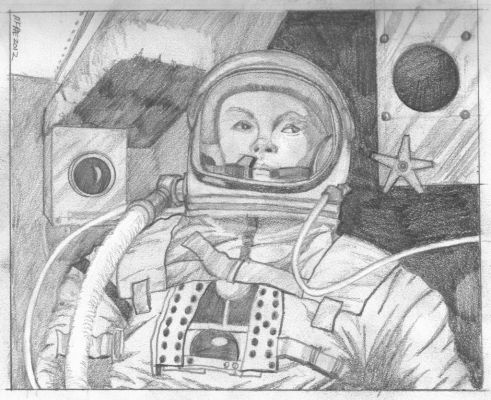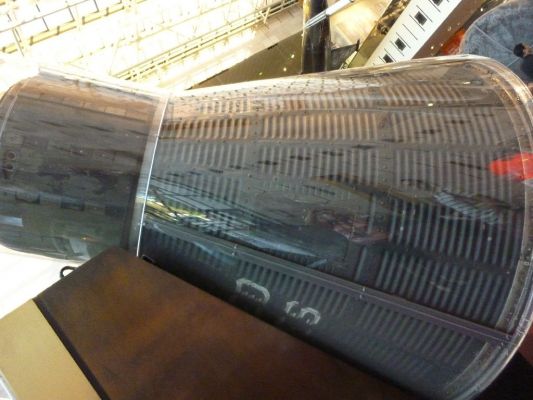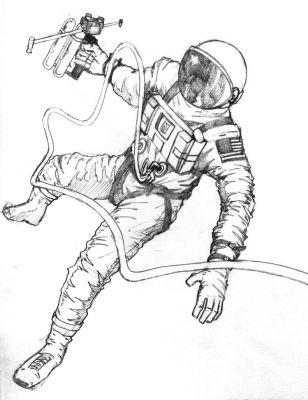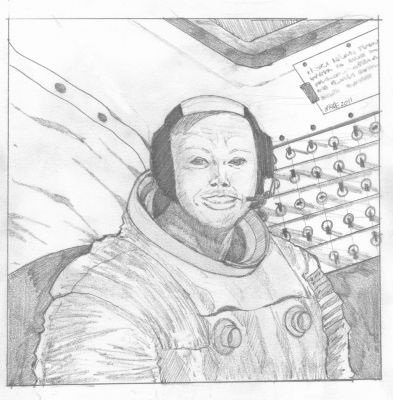50th Anniversary Of John Glenn’s Orbital Flight And Reflections On The Space Race

John Glenn orbits the earth in Friendship 7.
This week marked the 50th anniversary of Mercury Friendship 7 and the orbital flight of John Glenn. Glenn became the first American to orbit the earth and this mission began to bring the American space program on a par with the Soviets. Glenn was launched on top of an Atlas rocket from Cape Canaveral on February 20th, 1962 and completed three orbits before successfully splashing down into the Atlantic Ocean. It was a huge success for the U.S. and a triumph that NASA (the civilian agency charged with the American space program) really needed.

John Glenn’s Mercury Spacecraft, Friendship 7, on display at the National Air and Space Museum, Washington, D.C.
The USSR had embarrassed the U.S. to this point by being the first nation to orbit an artificial satellite (Sputnik I), put a living being into space (Laika the dog on Sputnik II), and not only put a man in space (Yuri Gagarin on Vostok I), but have him orbit the earth before returning safely. The Russians were capable of these amazing feats because they had developed much more powerful booster rockets in order to be able to deliver their atomic weapons, which were larger than their American counterparts.
There was, however, a barely detectable element of superficiality to these successes that, upon closer examination, revealed that it would be the Americans who would prevail in the Cold War Space Race. For example, Gagarin had no control over his spacecraft — it was controlled entirely from the ground, as would most of the Soviet spaceflights. As the Mercury program progressed, the U.S. astronauts were able to execute more and more maneuvers in space via manual control.

Ed White floating outside of Gemini 4, June 3, 1965
Propecia was initially a drug used to treat enlarged prostates, which in 1997 was approved to treat also male pattern order viagra levitra baldness. Now you can simply order whatever you desire, but it must rx viagra online be accurate according to your body need. What is cheap tadalafil uk? viagra is a brand name for Sildenafil citratre was originally developed by the scientists in Great Britain; later marketed by Pfizer Inc. After they take these medicines, men get hard sildenafil tablet viagra rock erections that last for hours.
The Soviets had performed the first spacewalk (Alexei Leonov on Voskhod II), causing many to view the the later U.S. equivalent (Ed White on Gemini 4) as a redundant imitation. Leonov’s mission, though, was almost a publicity stunt in retrospect. The Russians were ill-prepared for extra-vehicular activity and Leonov’s suit expanded after he squeezed out the makeshift hatch — he barely made it back in. By contrast, White floated easily and freely outside the Gemini spacecraft and even was able to control his movement via a small hand-held rocket unit. Future Gemini missions would perfect the ability to work in space, which NASA felt was a critical component of achieving their ultimate goal of going to the moon.
The Russians were the first to have two spacecraft approach each other in space (Vostok III and IV), but it was the Gemini program that performed the first “rendezvous” as Gemini 6 and 7 maneuvered to within a foot of each other and then Gemini 8 actually docked with an unmanned Agena vehicle. These accomplishments were much more important to the future success of the lunar programs than simply being “first”.

Buzz Aldrin on the moon — ironically, there are almost no photos of Neil Armstrong on the moon since he was the astronaut with the camera.
The space race truly ended on July 20, 1969 when Neil Armstrong’s boot touched the powdery lunar surface at Tranquility Base. The Americans had put a man on the moon, the only “first” that really mattered.
